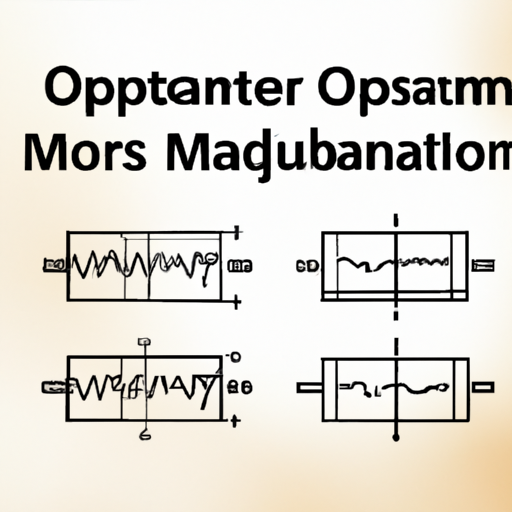Title: A Comprehensive Comparison of Mainstream Programmable Oscillator Models

1. Silicon Labs Si534x: The Silicon Labs Si534x series offers a wide range of programmable oscillators with exceptional frequency flexibility and low jitter performance. Key features include:
a) Frequency Flexibility: The Si534x series supports a wide frequency range, from sub-1 Hz to several GHz, making it suitable for various applications, including telecommunications, networking, and industrial automation.
b) Jitter Performance: These oscillators exhibit low phase noise and jitter, ensuring accurate timing and synchronization in high-speed data communication systems.
c) Programmability: The Si534x series provides extensive programmability options, allowing users to configure output frequencies, formats, and signal levels through software or hardware interfaces.
d) Integrated Features: Some models in this series offer additional integrated features like voltage-controlled crystal oscillators (VCXOs) and digital phase-locked loops (PLLs), enhancing their versatility.
2. IDT VersaClock: The IDT VersaClock family of programmable oscillators is designed to meet the demanding requirements of modern electronic systems. Notable features include:
a) Frequency Range: The VersaClock series covers a wide frequency range, from a few kHz to several GHz, making it suitable for applications ranging from consumer electronics to aerospace.
b) Low Power Consumption: These oscillators are optimized for low power consumption, making them ideal for battery-powered devices and energy-efficient systems.
c) Programmable Outputs: The VersaClock series offers multiple programmable outputs, enabling users to generate different clock signals simultaneously, simplifying system design and reducing component count.
d) Advanced Features: Some models in this series provide advanced features like spread spectrum clocking (SSC) and frequency margining, enhancing signal integrity and system reliability.
3. Microchip DSC613: The Microchip DSC613 series is a family of programmable MEMS oscillators that combines the advantages of MEMS technology with programmability. Key features include:
a) MEMS Technology: These oscillators utilize MEMS resonators, offering excellent frequency stability, low phase noise, and high reliability compared to traditional quartz-based oscillators.
b) Wide Frequency Range: The DSC613 series covers a wide frequency range, from a few kHz to hundreds of MHz, making it suitable for various applications, including consumer electronics, automotive, and medical devices.
c) Programmability: These oscillators provide flexible frequency programming options, allowing users to adjust the output frequency, voltage levels, and other parameters to meet specific system requirements.
d) Small Form Factor: The MEMS-based design enables compact and miniature form factors, making the DSC613 series ideal for space-constrained applications.
4. Abracon ABLNO: The Abracon ABLNO series is a family of programmable low-noise oscillators designed for applications that demand high precision and low phase noise. Key features include:
a) Low Phase Noise: The ABLNO series offers exceptional phase noise performance, making it suitable for applications such as wireless communication, radar systems, and test and measurement equipment.
b) Frequency Stability: These oscillators provide excellent frequency stability over a wide temperature range, ensuring reliable operation in harsh environments.
c) Programmable Features: The ABLNO series allows users to program various parameters, including output frequency, voltage levels, and output types, providing flexibility for different system requirements.
d) High Integration: Some models in this series offer integrated features like voltage-controlled oscillators (VCOs) and frequency dividers, simplifying system design and reducing external components.
Conclusion: Programmable oscillators play a crucial role in modern electronic systems, providing accurate timing signals for synchronization and clocking purposes. This article has explored and compared four mainstream programmable oscillator models, namely Silicon Labs Si534x, IDT VersaClock, Microchip DSC613, and Abracon ABLNO. Each model offers unique features, such as frequency flexibility, low power consumption, MEMS technology, low phase noise, and programmability. Understanding the differences between these models can help engineers and designers select the most suitable programmable oscillator for their specific application requirements.